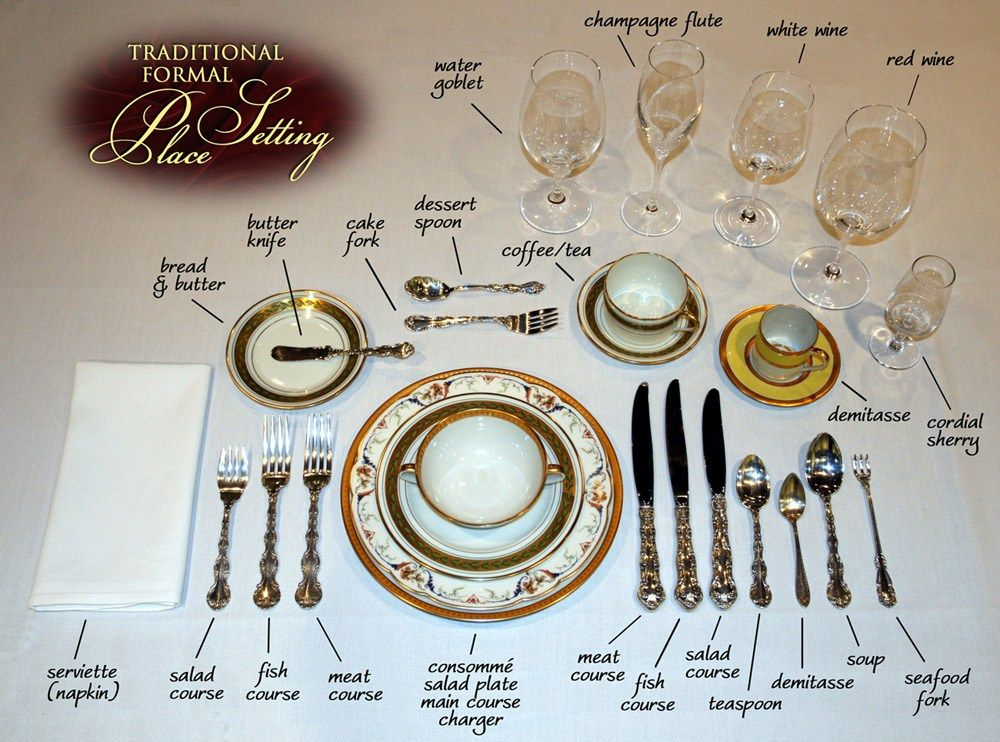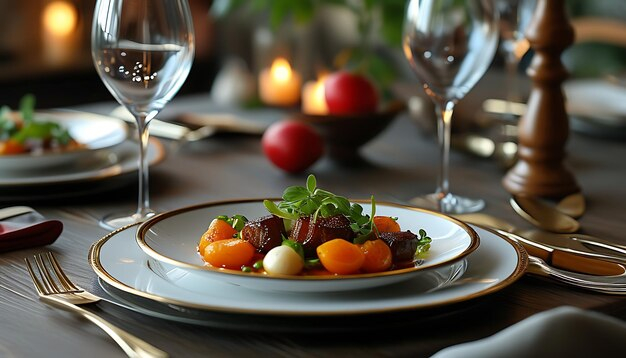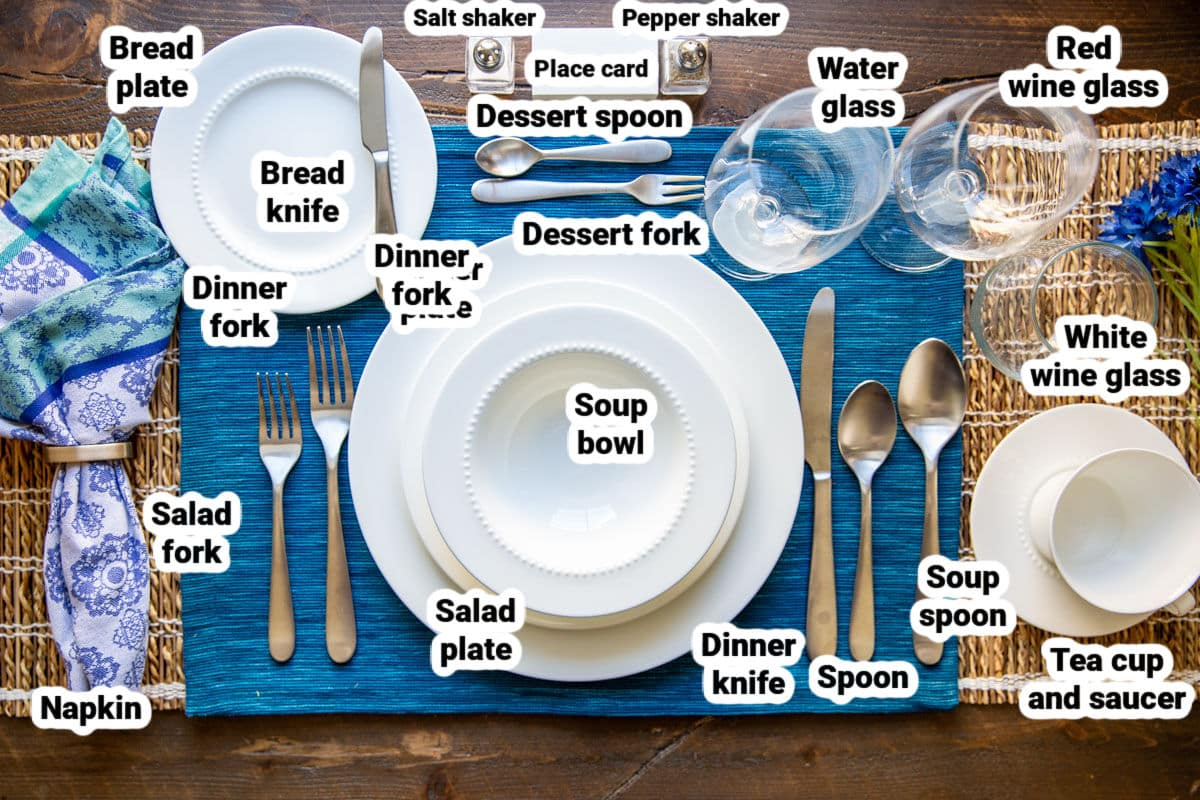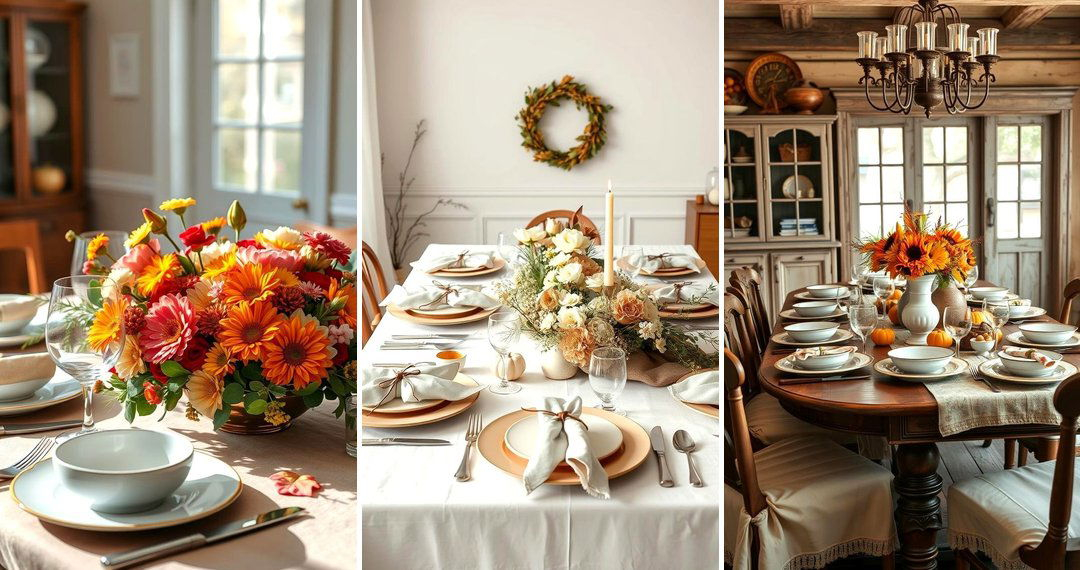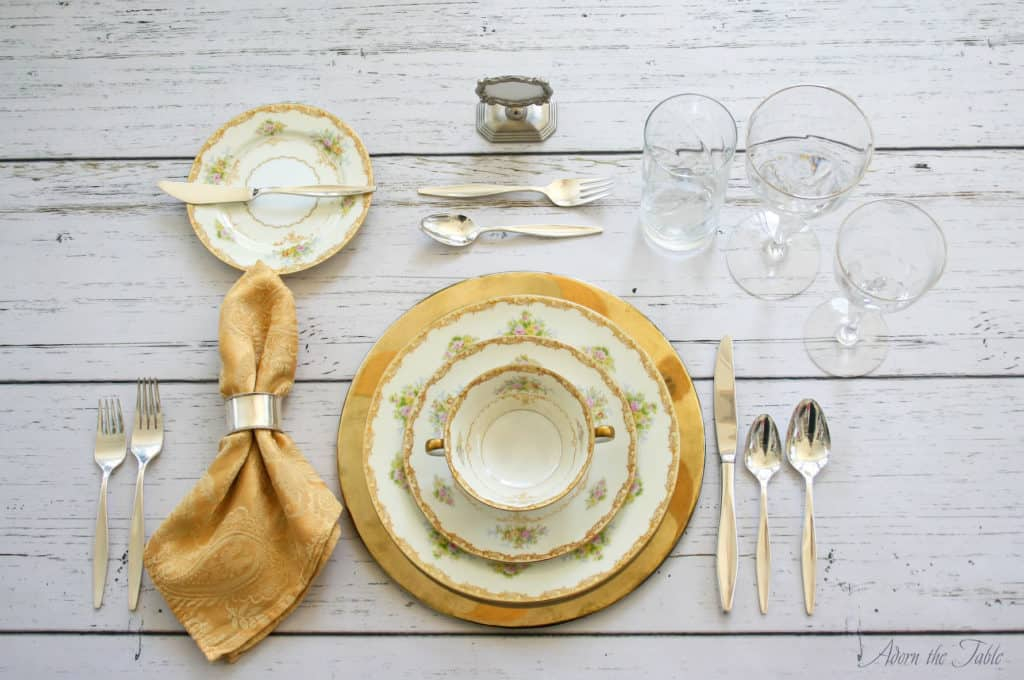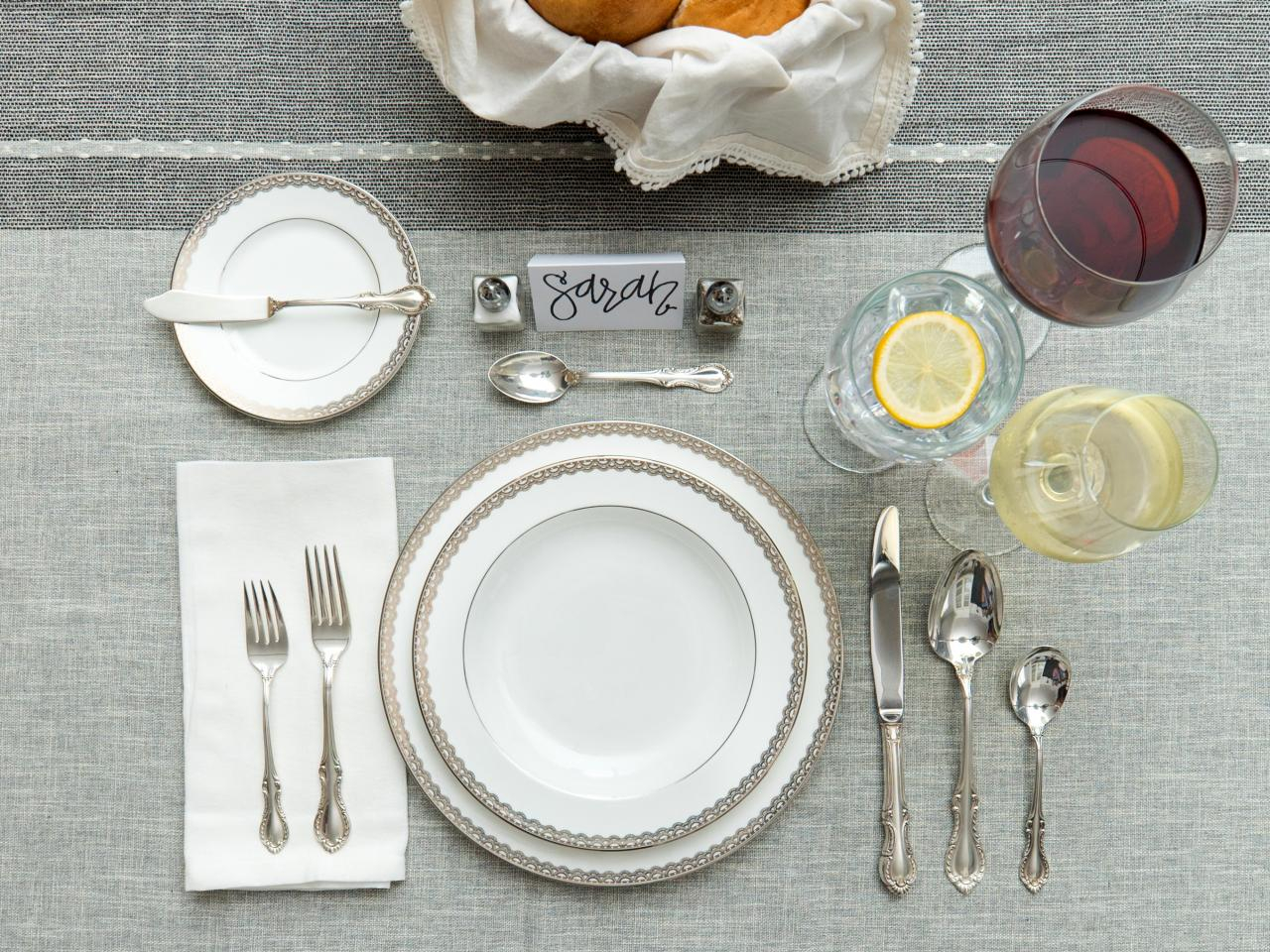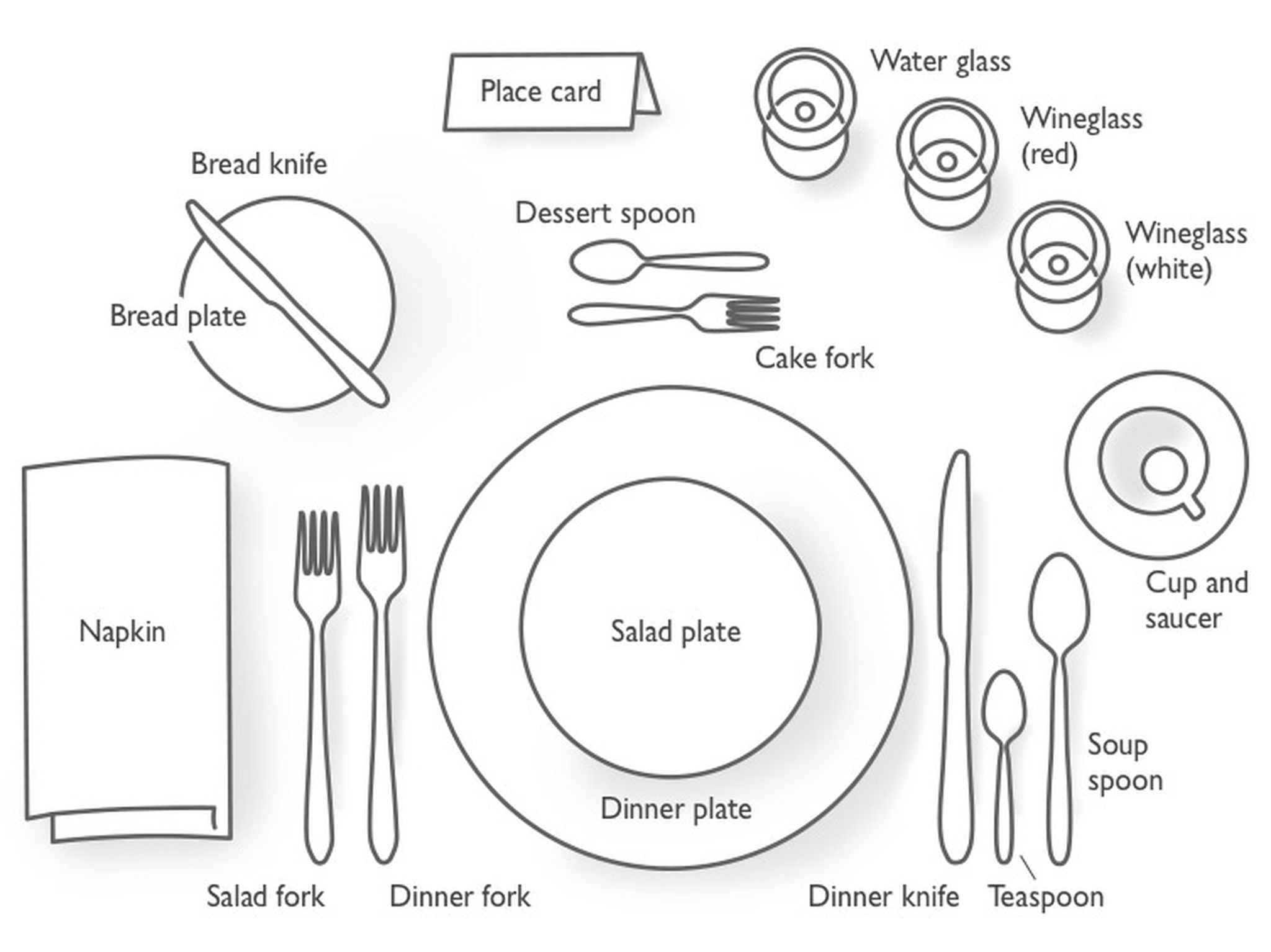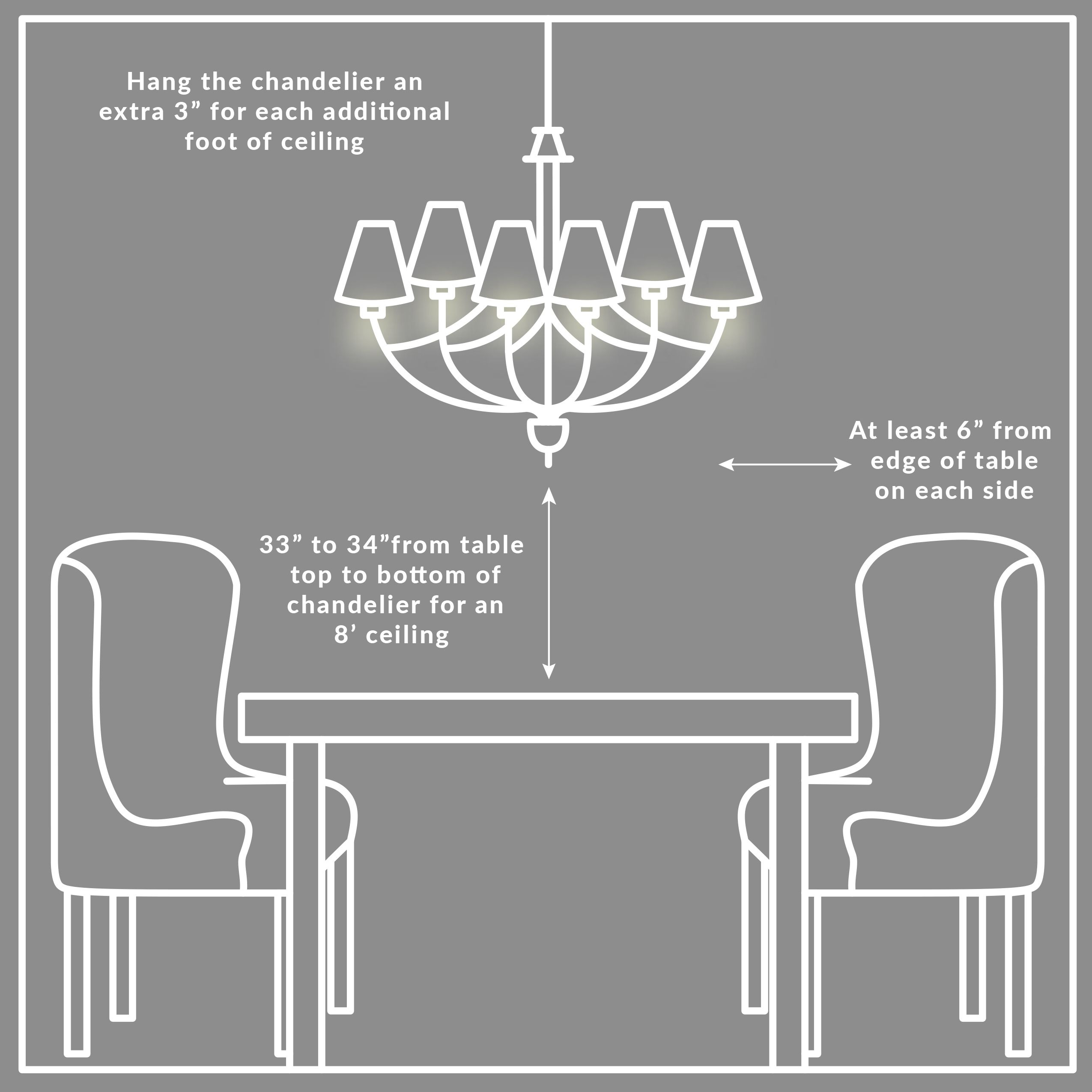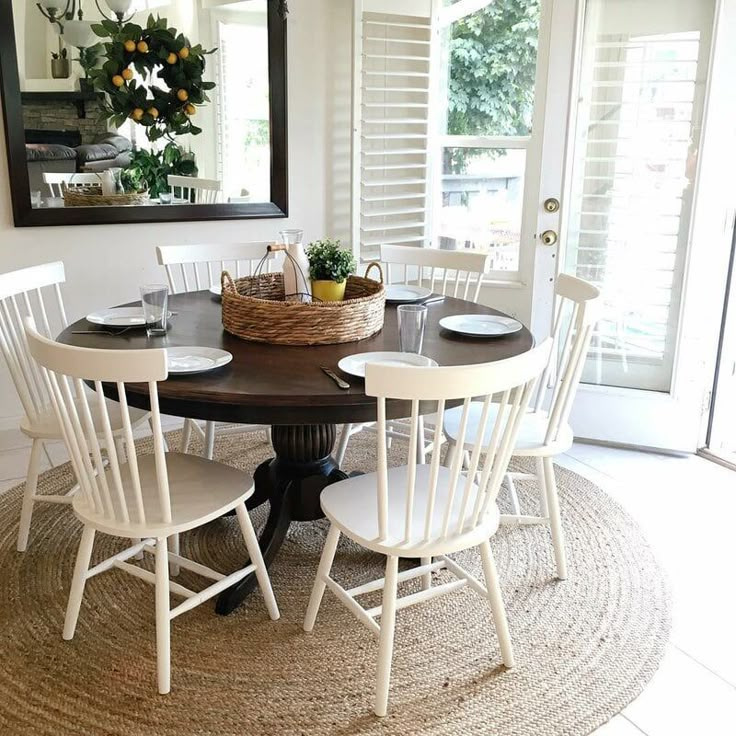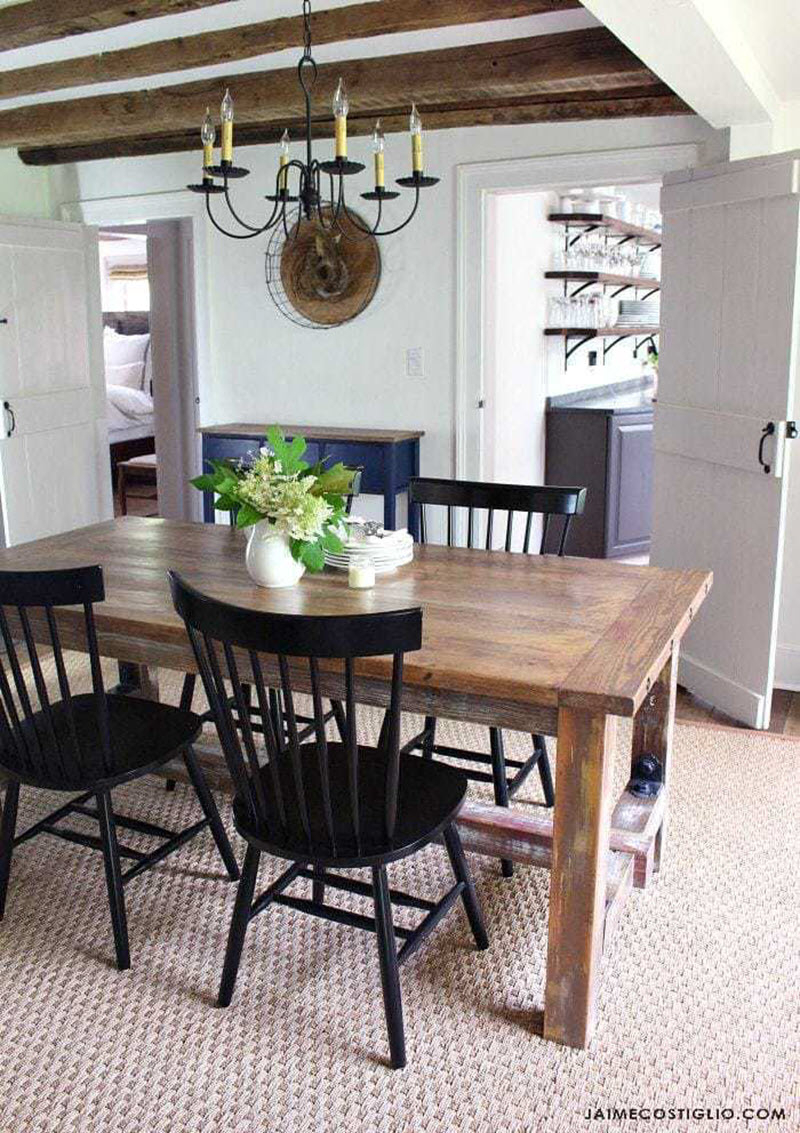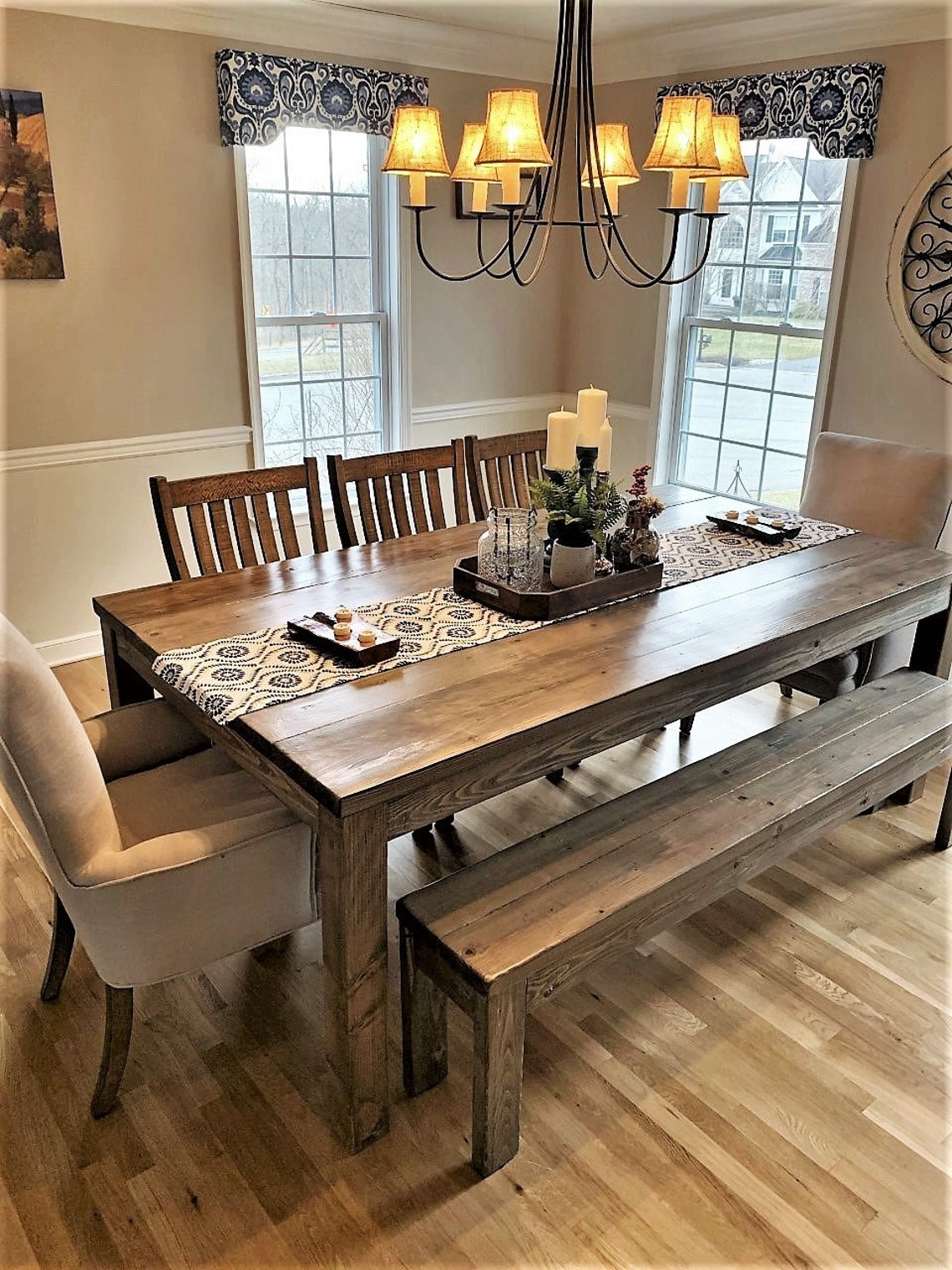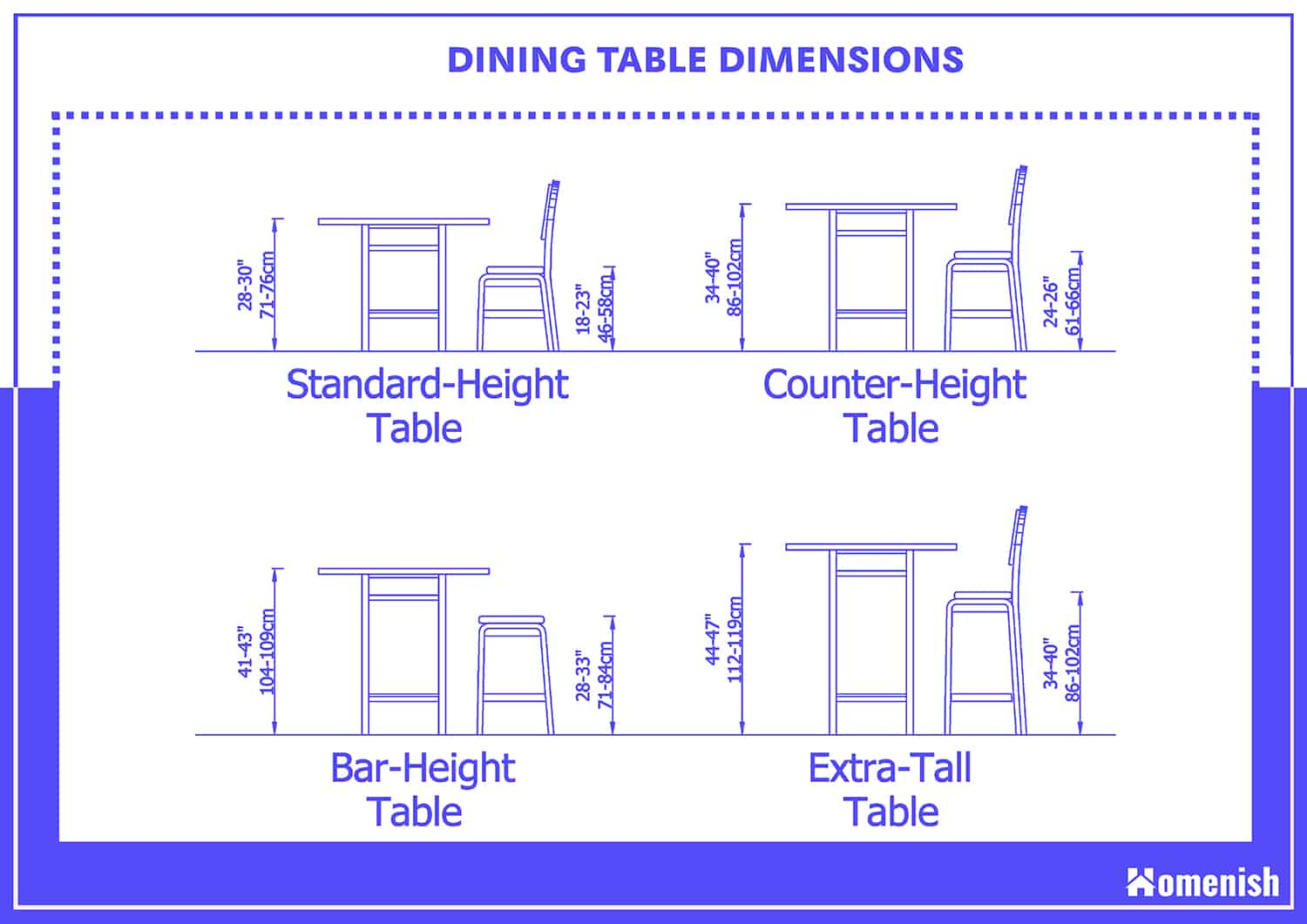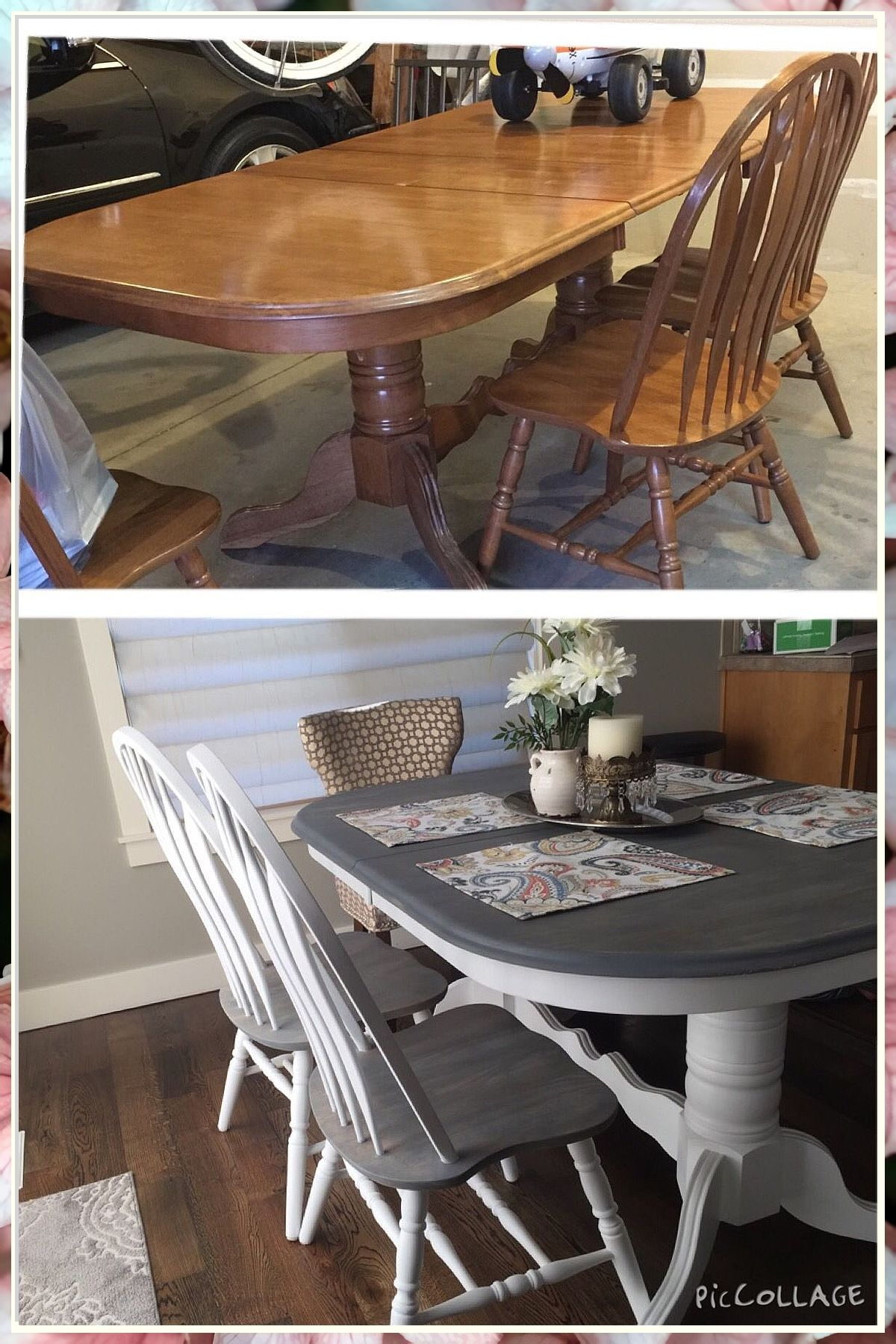Ever noticed how a beautifully arranged table just makes food taste better? It’s not just in your head. The way we present our meals can profoundly impact our enjoyment and the overall atmosphere of a gathering. Think of it as the prelude to a delicious symphony, setting the stage for what’s to come. It’s about more than just placing plates and cutlery; it’s about crafting an experience, a moment of shared pleasure and connection. Let’s dive into how you can transform your everyday meals into something truly special.
Setting a table might seem like a simple task, but it’s an art form that’s been refined over centuries. It’s a language spoken through linen, china, and silverware, communicating care, intention, and hospitality. Whether you’re hosting a grand dinner party or just having a quiet meal with loved ones, a thoughtfully set table can elevate the occasion from ordinary to extraordinary. It shows your guests you value them and the time spent together. So, what goes into creating that perfect setting? It’s a blend of practicality, style, and a touch of personal flair.
The Foundation: Linens and Placemats
Every great table begins with a solid foundation, and that starts with your linens. Tablecloths offer a classic, formal feel, draping elegantly to the floor. For a more casual vibe, placemats work wonderfully, defining individual spaces and protecting your table. Consider the fabric – crisp cotton, smooth linen, or even a textured weave can set a different mood. Don’t forget the napkins. Cloth napkins always add a touch of sophistication, and how you fold them can be a delightful detail. A simple fold or something more elaborate, like a fan or a pocket, can add personality. Remember to coordinate your linens with your dinnerware and the overall theme of your meal. Using a solid color for a tablecloth and patterned placemats can create visual interest, or vice versa. It’s all about balance and creating a harmonious look.
Plates: The Heart of the Setting
The choice of plates is crucial. For a formal meal, you’ll typically start with a charger plate, also known as a service plate. This is a larger decorative plate that stays on the table throughout the meal, with the actual dinner plates being placed on top of it. Then comes the dinner plate, followed by a salad plate or soup bowl, depending on the menu. For less formal gatherings, you might just use a dinner plate and perhaps a smaller plate for appetizers or dessert. Think about the size and shape of your plates too. Larger plates can make a meal feel more substantial, while smaller ones can be more delicate. The color and pattern of your plates will also heavily influence the table’s aesthetic. White or neutral plates are versatile, allowing your food and other decorations to shine. Colored or patterned plates can add a bold statement and personality to your table.
The Dance of Cutlery: Forks, Knives, and Spoons
This is where many people feel a bit daunted, but it’s simpler than it looks. The golden rule: arrange cutlery from the outside in, following the order in which you’ll use them. Forks go to the left of the plate, knives and spoons to the right. The knife blade should always face the plate. Dessert spoons and forks are placed above the plate, horizontally. If you’re serving multiple courses, you’ll have more pieces. For example, a standard formal setting might include a dinner fork, salad fork, fish fork (if applicable), dinner knife, soup spoon, and butter knife. For a more casual meal, you might only need a dinner fork, knife, and spoon. Always ensure there’s enough space between each piece so it doesn’t feel cluttered. And never place cutlery on the napkin; it belongs directly on the table or charger.
Glassware: Clarity and Coordination
Glassware adds a touch of elegance and is essential for beverages. The general rule is to place glassware to the upper right of the plate, above the knives and spoons. The water glass usually sits closest to the plate. To its right, you might place a wine glass (red or white, depending on what you’re serving), and further to the right, perhaps a champagne flute or a cordial glass. If you’re serving multiple types of wine, arrange the glasses in a diagonal line or a cluster, with the most frequently used glass closest to the plate. Consider the style of your glassware; matching sets create a cohesive look, but mixing and matching can also be a stylish choice if done intentionally. Ensure your glasses are sparkling clean – smudges can really detract from the overall presentation.
The Finishing Touches: Centerpieces and Details
Now for the fun part – the details that make your table truly shine. The centerpiece is a focal point, but it shouldn’t obstruct conversation. Opt for something low enough so guests can see each other across the table, or something tall and slender. Flowers are a classic choice, but consider candles for ambiance, a bowl of fruit, or even seasonal decorative items. Place cards add a personal touch and help guests find their seats, especially in larger gatherings. Salt and pepper shakers should be within easy reach. Small decorative elements, like themed napkin rings or a sprig of herb tucked into the napkin, can add that extra layer of thoughtfulness. Remember, the goal is to create a welcoming and beautiful environment that enhances the dining experience. Don’t overcrowd the table; sometimes, less is more. A clean, uncluttered space allows the food and the company to be the stars.
Adapting to the Occasion: Formal vs. Casual
The beauty of table setting is its adaptability. For a formal dinner, think crisp white linens, fine china, polished silverware, and crystal glassware. Every piece is placed with precision. The order of courses dictates the cutlery and plate arrangement. A casual brunch or family dinner, however, allows for more flexibility. You might opt for colorful placemats, sturdy earthenware plates, and perhaps even paper napkins if convenience is key. The cutlery might be simpler, and the glassware more practical. The key is to match the setting to the mood and the type of meal. A themed party might call for playful decorations, while a holiday meal might emphasize traditional elements. The most important aspect, regardless of formality, is to make your guests feel comfortable and cherished. It’s about creating a warm and inviting atmosphere where everyone feels welcome to relax and enjoy the shared meal and good company.
Setting a table is more than just following rules; it’s about expressing your personality and your care for your guests. Each element, from the choice of linens to the placement of a single fork, contributes to the overall narrative of your meal. Don’t be afraid to experiment and find what works best for you and your style. Remember, the most important ingredient is the warmth and joy you bring to the table. So, go ahead, gather your favorite pieces, and create a setting that is not just beautiful, but truly unforgettable. Happy dining.

